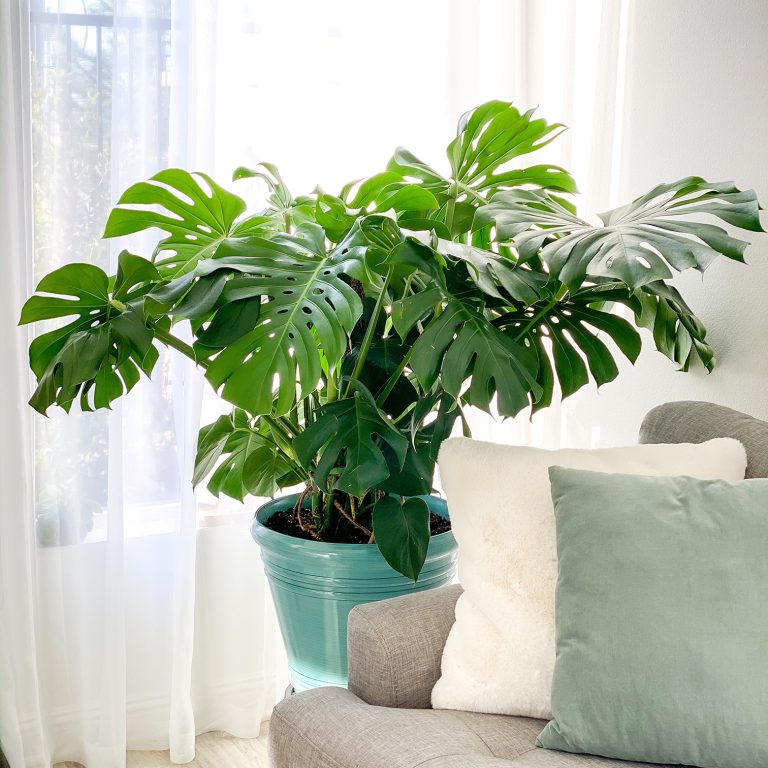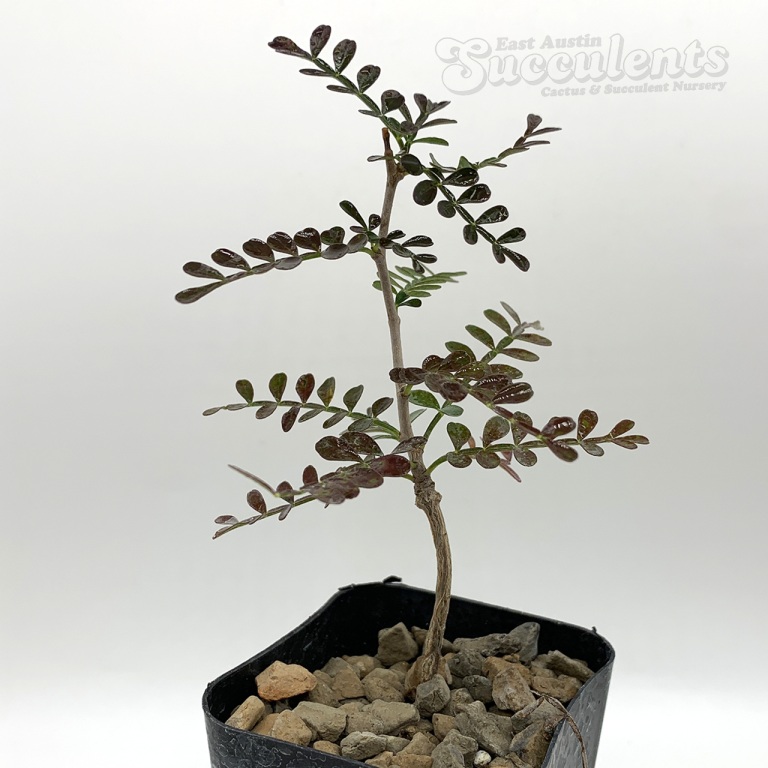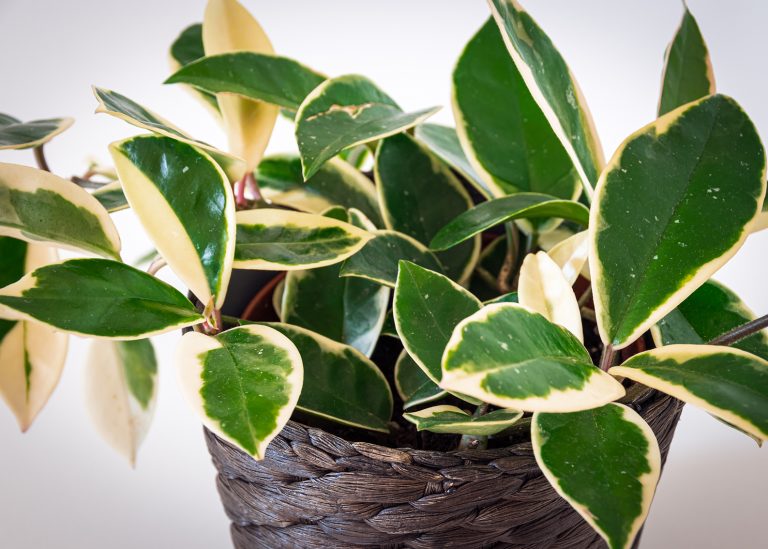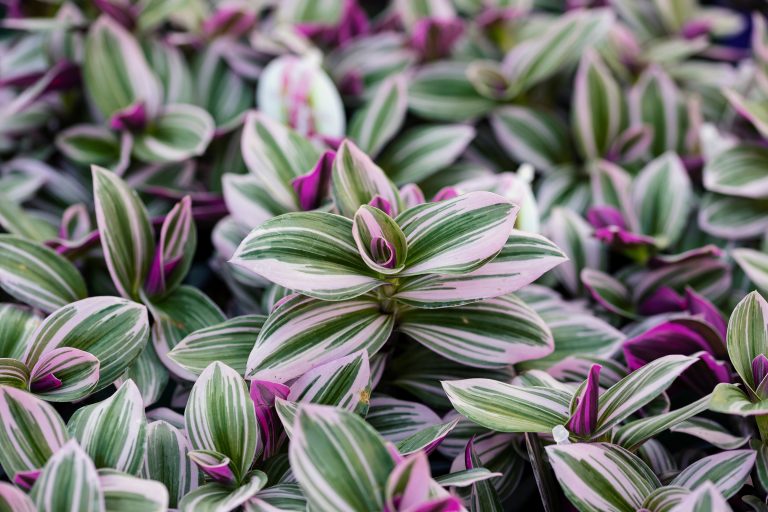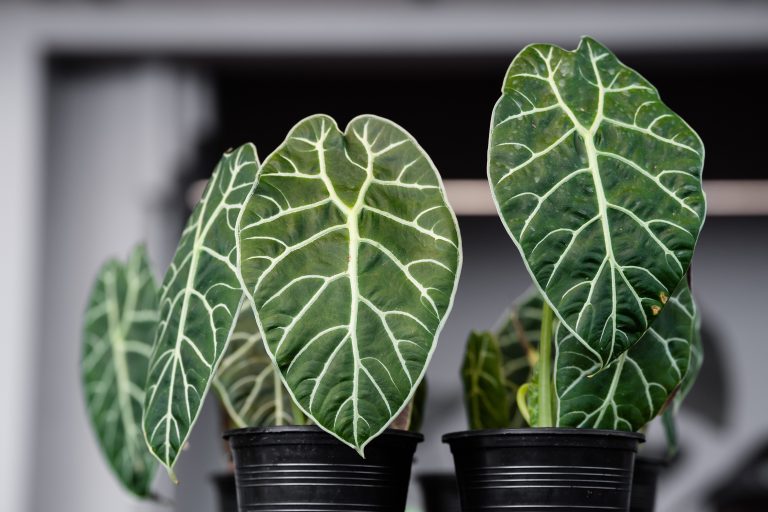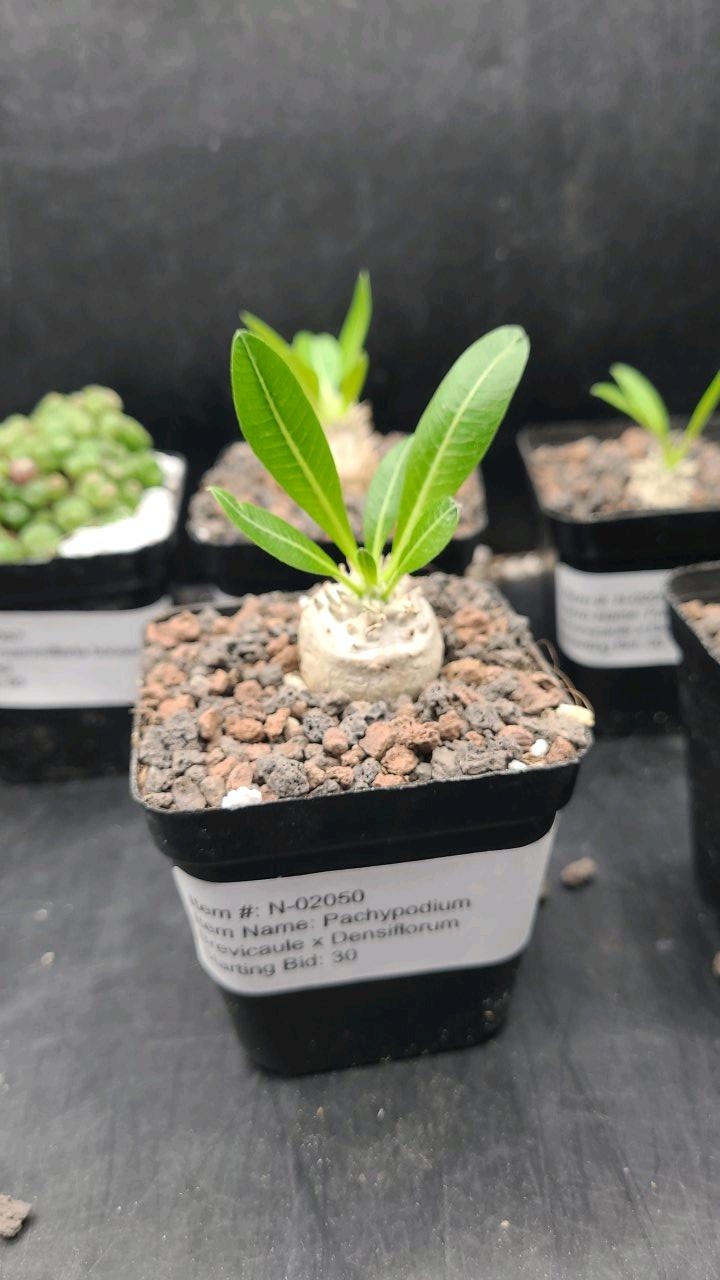Scindapsus plants, commonly known as Satin Pothos or Silver Pothos, are adored for their stunning, heart-shaped leaves adorned with silver variegation. These versatile and easy-to-care-for plants make an excellent addition to any indoor plant collection. Here’s a detailed care guide to help you nurture your Scindapsus plants to thrive and flourish.
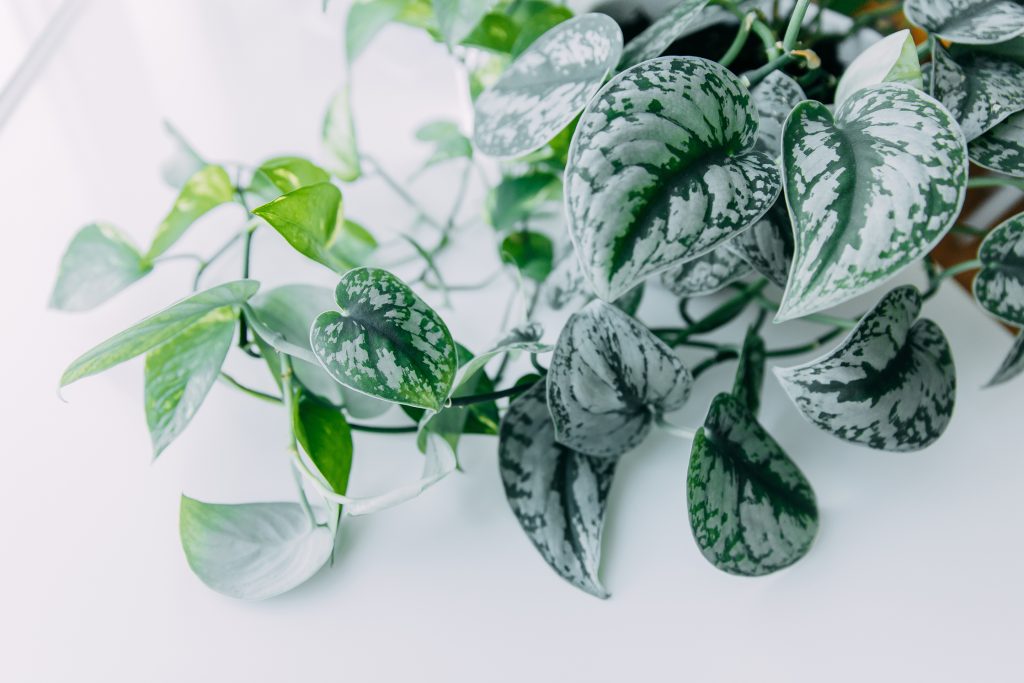
Light Requirements
Scindapsus plants can adapt to a range of light conditions, but they have their preferences:
- Bright, Indirect Light: Scindapsus plants thrive in bright, indirect light. Place them near a window where they can receive plenty of filtered sunlight.
- Tolerant of Low Light: These plants can tolerate low light conditions, making them perfect for offices or rooms with less natural light. However, their growth might be slower, and the variegation may be less pronounced.
- Avoid Direct Sunlight: Direct sunlight can scorch the leaves, so it’s best to avoid placing them in direct sun.
Watering
Proper watering is key to keeping your Scindapsus healthy:
- Allow Soil to Dry Out: Let the top 1-2 inches of soil dry out between waterings. Scindapsus plants are more tolerant of drought than overwatering.
- Water Thoroughly: When you water, make sure to water thoroughly, allowing the water to drain out of the bottom of the pot. Discard any excess water that collects in the saucer.
- Adjust for Seasons: Water more frequently during the growing season (spring and summer) and reduce watering in fall and winter.
Humidity
Scindapsus plants prefer higher humidity levels, though they can adapt to average indoor humidity:
- Maintain Moderate to High Humidity: Aim for humidity levels between 40-60%. Higher humidity can promote more vigorous growth.
- Increase Humidity: If your home is dry, especially in winter, use a humidifier, place a water tray near the plant, or mist the leaves regularly.
Temperature
Scindapsus plants thrive in warm, stable temperatures:
- Ideal Range: Keep temperatures between 65°F to 85°F (18°C to 29°C).
- Avoid Cold Drafts: Protect your plant from cold drafts and sudden temperature changes. Temperatures below 60°F (15°C) can slow growth and cause stress to the plant.
Soil
Using the right soil mix is essential for the health of your Scindapsus:
- Well-Draining Mix: Use a well-draining potting mix. A combination of potting soil, perlite, and peat moss works well.
- Repotting: Repot your Scindapsus every 1-2 years or when it becomes root-bound. Choose a pot slightly larger than the current one and refresh the soil mix.
Fertilization
Regular feeding helps your Scindapsus thrive, especially during the growing season:
- Balanced Fertilizer: Use a balanced, water-soluble fertilizer (20-20-20) diluted to half strength. Fertilize every 4-6 weeks during spring and summer.
- Reduce in Winter: Cut back on fertilization during fall and winter when the plant’s growth slows.
Pruning and Maintenance
Pruning helps maintain the shape and health of your Scindapsus:
- Remove Dead or Yellowing Leaves: Regularly trim away any dead or yellowing leaves to keep the plant looking neat.
- Control Size and Shape: Prune leggy growth to encourage a fuller, bushier appearance. Use clean, sharp scissors or pruning shears.
Propagation
Scindapsus plants are easy to propagate, especially through stem cuttings:
- Stem Cuttings: Take a stem cutting with at least one node and a few leaves. Place the cutting in water or a moist potting mix until roots develop. Change the water regularly if propagating in water.
- Soil Propagation: Plant the cutting directly into soil, keeping it moist until new growth appears.
Encouraging Healthy Growth
To keep your Scindapsus plants lush and vibrant:
- Rotate the Plant: Rotate the plant every few weeks to ensure even growth on all sides.
- Support Climbing: Provide a moss pole or trellis if you want your Scindapsus to climb. They can also be allowed to trail from hanging baskets.
Common Issues
Be on the lookout for common problems:
- Pests: Watch for pests like spider mites, aphids, and mealybugs. Treat infestations promptly with insecticidal soap or neem oil.
- Yellowing Leaves: This can be a sign of overwatering, poor drainage, or nutrient deficiency. Adjust care accordingly.
- Root Rot: Ensure the pot has adequate drainage and avoid letting the plant sit in water.
By following these care guidelines, you can enjoy the lush, vibrant foliage of your Scindapsus plants for years to come. Happy growing!

